Solutions to Improve the Ammonia and Methanol Production Chain
Syngas forms the critical foundation of ammonia and methanol production chains. Production facilities face operational challenges that directly impact efficiency, safety, and profitability throughout the process.
IGS solutions address the technical realities of syngas production environments, from maximizing SCR DeNOx performance and optimizing energy consumption to preventing unplanned shutdowns and ensuring reliable operations while meeting environmental requirements.
Syngas and Hydrogen / Ammonia and Methanol Industry Challenges
These types of facilities operate under extreme conditions, such as:
- High temperatures and pressures
- Exposure to corrosive materials
- Accelerated wear on critical equipment
- Strict environmental regulations
- Pressure to decarbonize operations
These challenges impact critical equipment, including steam methane reformers (SMRs), autothermal reformers (ATRs), heat exchangers, and CO₂ absorption towers, all of which are vital to production.
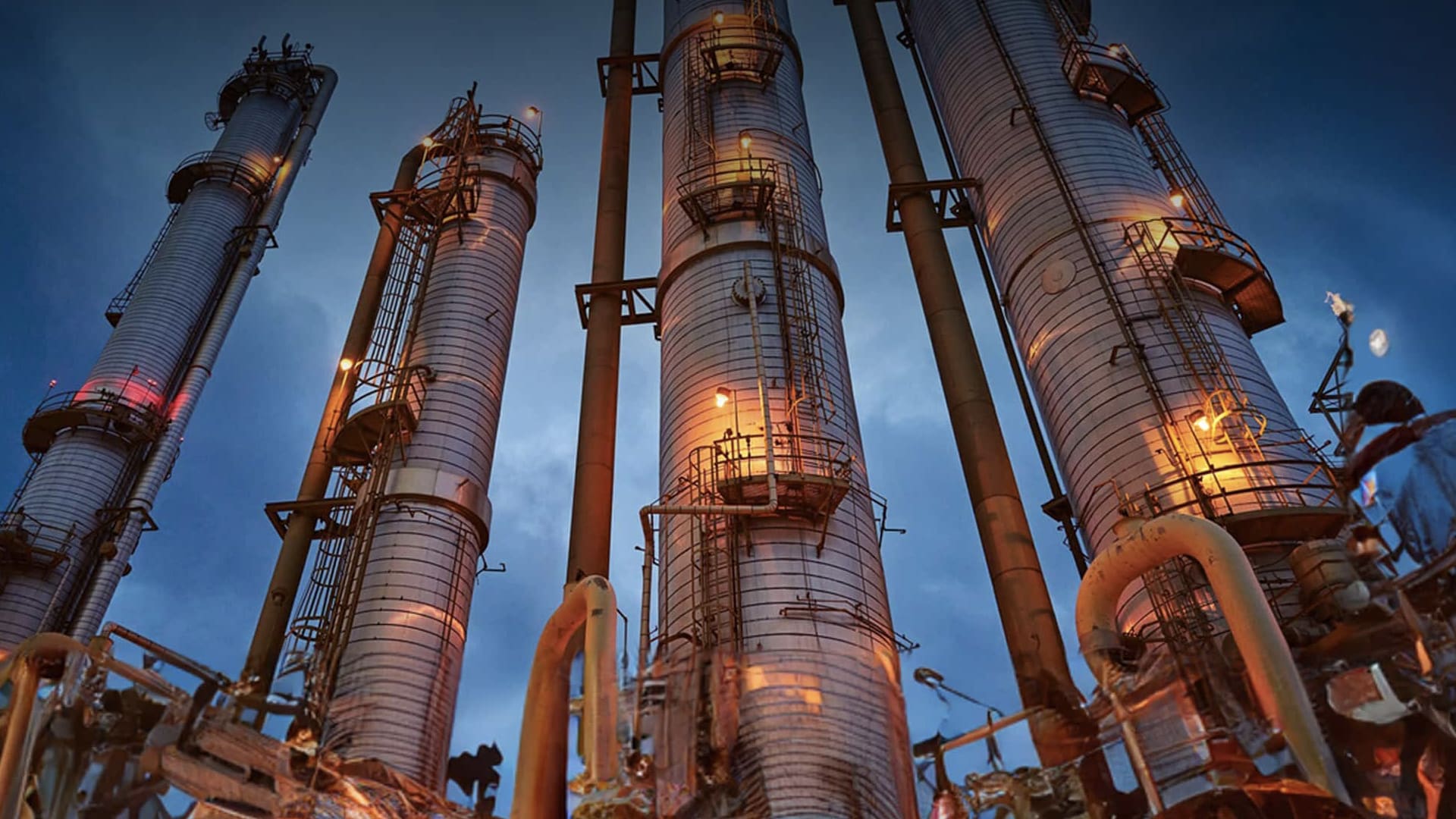
Proven IGS Solutions for Optimizing Ammonia and Methanol Production
With over 250 successful projects in the ammonia/methanol production sector, IGS delivers advanced solutions, with the following benefits:
- Reduce energy consumption by up to 10%
- Significantly extend equipment life
- Prevent costly unplanned shutdowns
- Ensure environmental compliance
Download White Paper
Increase Process Efficiency and Service Life of Syngas Process Equipment Best Practice Guide
1. Restore Convection Section Efficiency
Convection section and SCR fouling can lead to derates (lower throughput) and unplanned shutdowns, resulting in millions of dollars in lost production.
The IGS TubeTech™ Convection Section ROV system removes all fouling from steam methane reformers tube surfaces with precision and reliability, restoring efficiency to design levels and recovering lost fouling factors. The technology reaches deep between the bare or finned tubes to give an unrivalled industry standard of cleanliness (95%).
Read Case Study: Improving Performance of a Refinery’s Hydrogen Generation Unit
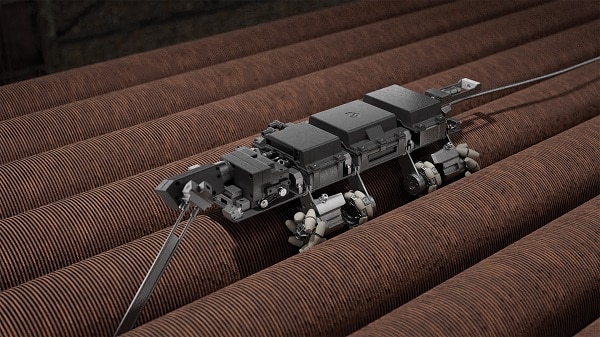

Increase Radiant Section Efficiency
Cetek® thermal efficiency technology applies engineered coatings to refractory surfaces, enhancing radiant heat transfer in primary reformers.
Cetek® Benefits:
- Improved thermal efficiency
- 20-30% reduction in NOx emissions
- Reduced CO₂ emissions
- Prevention of refractory fiber loss
- Extended refractory life
- Enhanced safety during maintenance
Read Case Study: A Successful Revamp of a 40-year-old Steam-Methane Reformer Furnace
Refractory Encapsulation
In addition to the screen system, reducing the volume of refractory fibers present in the flue gas stream is often desirable. IGS utilizes a two-part coating process to encapsulate refractory in furnaces and convention sections, preventing the material from breaking off and entering the flue gas path while simultaneously extending the refractory life.
Benefits:
- Reduction of fibrous material reaching the SCR
- Reduction of fouling on the convection section tubes
- Extension of refractory life
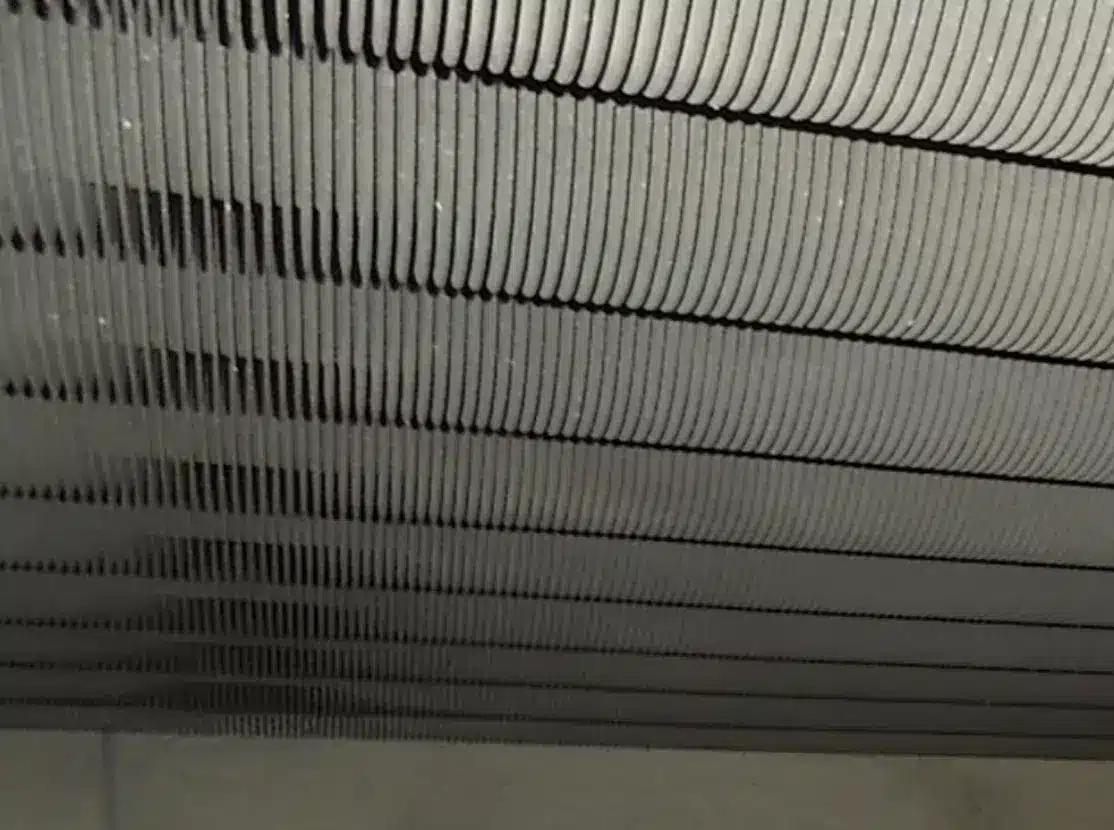

2. Emergency Repairs Without Shutdown
Hot-tek Services
Hot Refractory Repair (HRR)
This service safely replaces failed refractory materials without production limitations or shutdowns, addressing hot spots caused by damaged refractory that affect performance and safety.
Read Case Study: Ammonia Reformer Hot Spot Repair During Operation
Hot Convection Cleaning
Low steam production, low process preheat, and high stack temperature are some of the symptoms of fouled tubes.
Hot-tek Hot Convection Cleaning removes convection section tube fouling during furnace operation. The tube cleaning process utilizes consumable abrasive media projected through specially designed application lances to blast away years of accumulated debris, while the heater is in service. This process extends run times, allowing operation to continue until the next planned turnaround when more thorough TubeTech™ convection section cleaning can be performed.
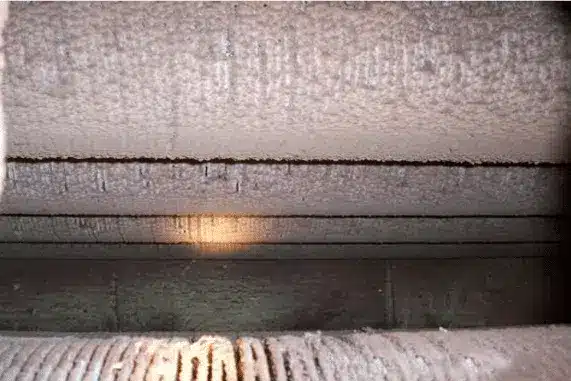
SCR Solutions
Hot Vacuum Service
Our online SCR (Selective Catalytic Reduction) catalyst cleaning service removes plugging and fouling, often caused by refractory fibers and other debris. This immediately relieves system pressure drop and restores NOx reduction system efficiency.
This online service includes creating access and utilizes a patented high-temperature vacuum lance to clean the surface of the SCR catalyst attached to steam methane reformers and other fired heaters. We clean SCR catalyst modules during operation, with no interruption to production, offering a rapid payback of associated costs.
Fine Particle Filtration Screen
SCR Fouling causes excessive system pressure drops, poor DeNOx performance, excessive ammonia consumption and slip, and shortens the catalyst life. This often results in plant derates, forced outages, and environmental compliance issues. While the Online Hot Vacuum service is a great tool to relieve these symptoms during a production run, long-term prevention is recommended.
The patented Fine Particle Filtration Screen System is installed upstream of the SCR catalyst and captures fibrous material before it can reach the SCR. An automated air cannon cleaning system then dislodges this material from the screen face and sweeps it into a patented material collection device, effectively removing the material from the flue gas stream.
Benefits:
- Prevention of unplanned shutdowns and derates due to catalyst fouling
- Minimized pressure drop across catalyst beds
- Reduced ammonia consumption and slip
- Extended catalyst performance life
3. Corrosion Mitigation in Amine & Benfield Carbonate Vessels
Syngas and hydrogen production plants can face a range of corrosion challenges. Types of corrosion common in these facilities include:
- General corrosion in amine, benfield, and rectisol vessels
- Localized pitting and crevice corrosion
- Flow-enhanced corrosion
- Stress corrosion cracking
- Wet/ Sweet CO₂ corrosion
- Ammonia & hydrogen cyanide-induced corrosion
Read Case Study: IGS HVTS Mitigates CO₂ Corrosion in Main Amine Column


Our HVTS® (High Velocity Thermal Spray) claddings apply Corrosion Resistant Alloy (CRA) Metalspray® to stop corrosion in amine systems and other critical equipment.
Benefits of HVTS
- Create no heat affected zones
- Require no pre-/post application heat treatment
- Offer high mechanical toughness
- Provide abrasion resistance
- Function across wide temperature and pressure ranges
Read Case Study: Carbonate Wash Column Corrosion Mitigation During Turnaround
4. Metal Dusting Prevention for ATR Units
Our specialized HVTS® claddings create effective barriers against carbon deposition and diffusion in autothermal reforming units, protecting against metal dusting while enhancing equipment performance and longevity.
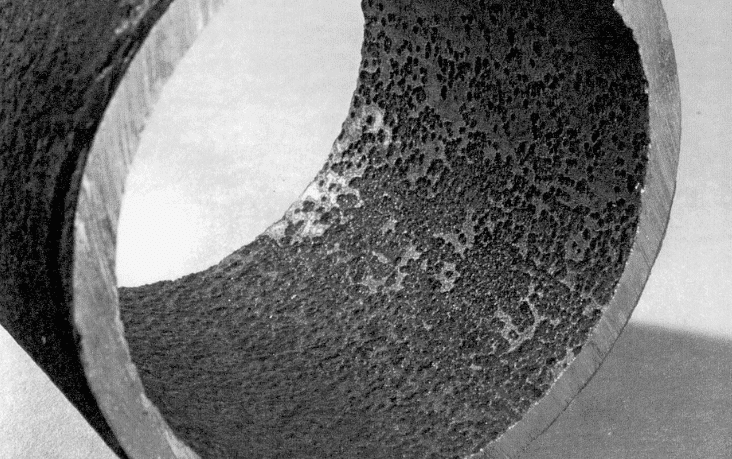
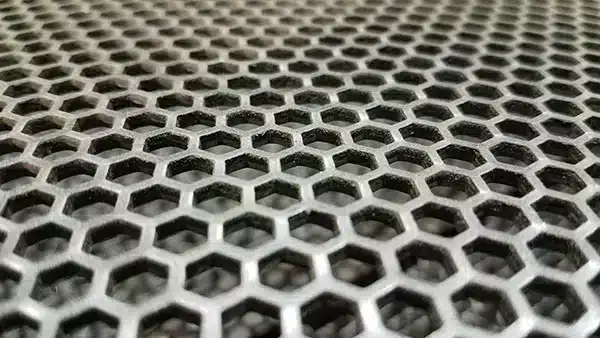
5. SCR Solutions
SCR Solutions solutions safeguard critical catalysts and equipment, ensuring compliance with increasingly stringent emissions regulations. These technologies are particularly valuable for ammonia and methanol production facilities where catalyst performance directly impacts production efficiency.
Advanced Catalyst Protection System
Our proactive approach features a patent-pending dual-stage fine particle filtration system installed upstream of the catalyst, allowing for continuous cleaning and minimizing differential pressure. The system features:
Dual-Stage Filtration: Captures particulates before they reach sensitive catalyst surfaces
Supplemental Air Cannon System: Automatically sweeps captured material off the catalyst and into a designated collection area out of the flue gas path
Intelligent Design: Prevents fibrous material from fouling the catalyst while ensuring proper flow distribution
Benefits:
- Minimized pressure drop across catalyst beds
- Extended catalyst performance life
- Reduced maintenance frequency
- Improved production reliability across the ammonia and methanol production chain
- Enhanced environmental compliance
- Prevention of unplanned shutdowns due to catalyst fouling
IGS Industry Experience
We have extensive experience across a range of critical equipment across the whole ammonia and methanol production chain.
- Waste heat boilers
- Process vessels
- Amine columns/strippers
- Burners and nozzles
- Carbon capture units
- Primary reformers
- Heat exchangers
- Selective catalytic reduction systems
- Various vessels, columns, and drums
Why Choose IGS?
At IGS, we deliver measurable value through our proprietary technologies, fostering long-lasting partnerships built on efficient execution and excellence.
- Proven Track Record: 40+ years’ experience across 500+ annual projects in 105 global locations
- Technical Expertise: Project managers with 10,000+ hours of field experience
- Measurable Results: 3-12 month ROI on client investments
- Speed & Safety: Reduced TAR time with zero recordable incidents for 4+ years
- Vertical Integration: End-to-end accountability as both inventor and implementer
Enhance the performance of your syngas and hydrogen facility while meeting environmental compliance requirements.
Contact our team of experts to discuss your specific challenges and discover how our solutions can optimize your ammonia and methanol production operations.
